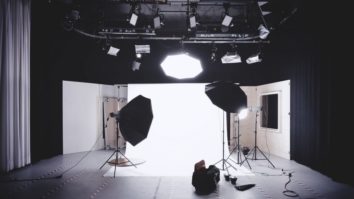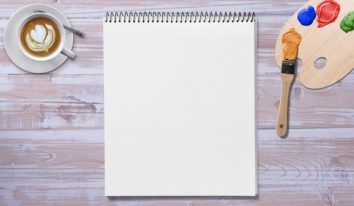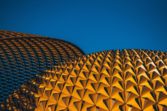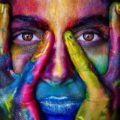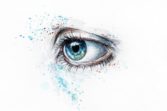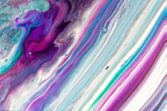Fashion Illustration: Bringing Style to Life
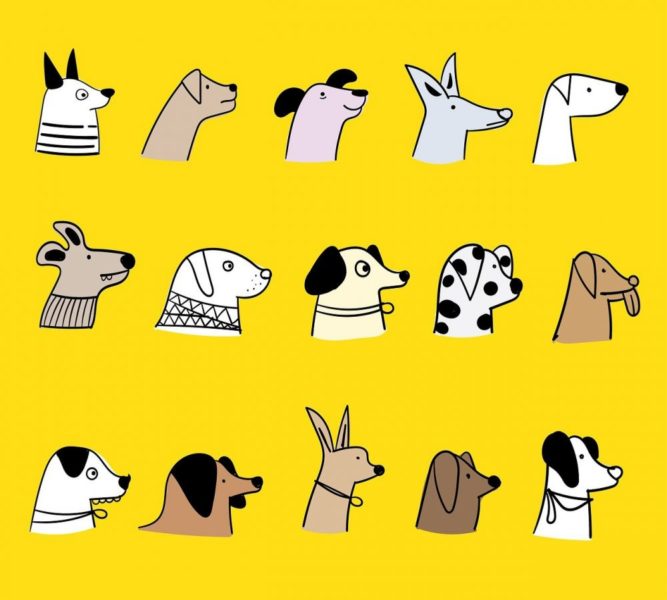
Fashion Illustration: A Guide to the Art of Stylish Sketching
Introduction:
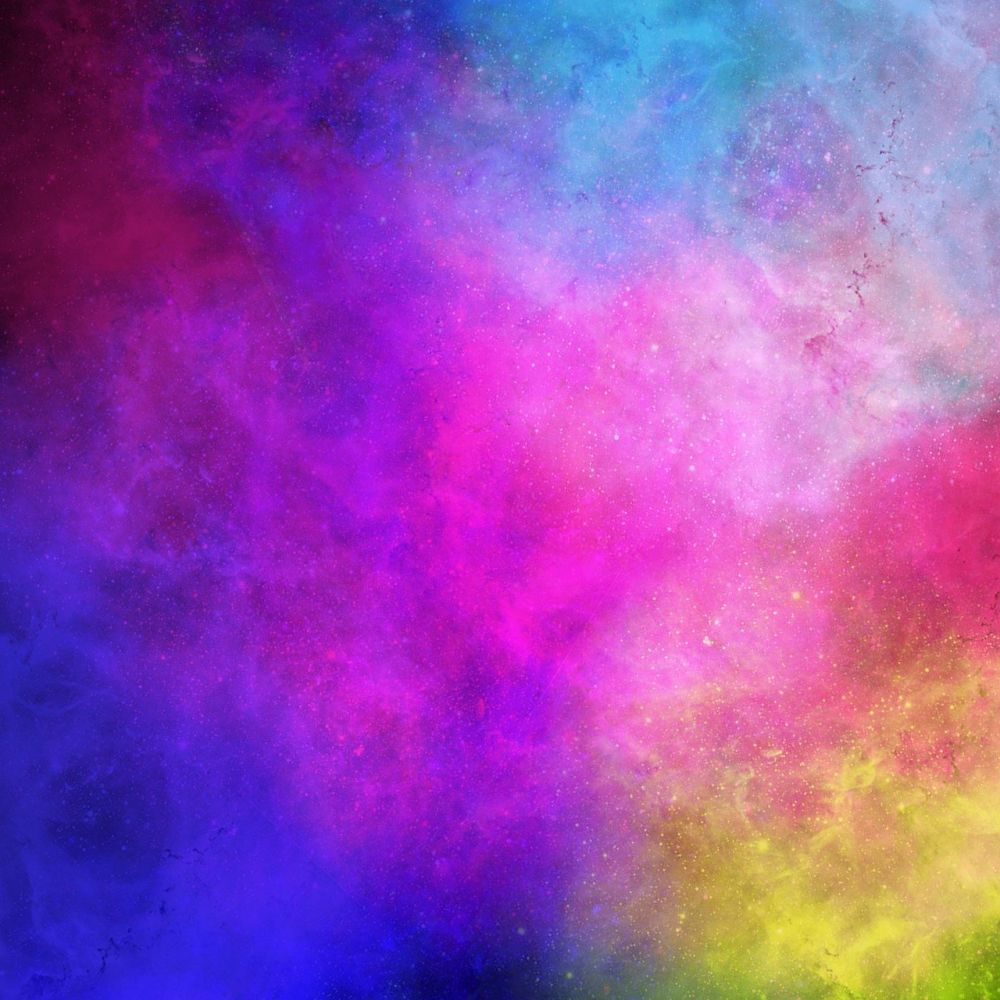
Fashion illustration is an essential aspect of the fashion industry, blending artistic creativity with the visualization of clothing designs. It serves as a medium to communicate and bring to life the visions of fashion designers, allowing them to showcase their ideas before the garments are produced. This article aims to provide a comprehensive overview of fashion illustration, exploring its various types, popular trends, and historical significance.
I. Understanding Fashion Illustration
Fashion illustration is the art of representing fashion design concepts through sketches. It involves capturing the essence of clothing, accessories, and overall styling on paper or digitally. These illustrations can feature men’s, women’s, or children’s fashion, showcasing various styles, trends, and inspirations.
II. Types of Fashion Illustration
1. Figurative Illustration:
– Figurative illustration focuses on drawing the human figure and specializes in capturing the body proportions, movements, and poses.
– This type of fashion illustration serves as a crucial tool for designers to visualize how their garments will drape and fit on different body types.
2. Technical Illustration:
– Technical fashion illustration emphasizes the precise details of garments, such as seams, stitching, and construction techniques.
– Using technical illustration, designers can convey their ideas to manufacturers and pattern-makers, ensuring accurate production and execution.
3. Fashion Portraiture:
– Fashion portraiture combines elements of fashion illustration with traditional portraiture, focusing on facial features, hairstyles, and makeup.
– This type of illustration is often used in editorial spreads, advertising campaigns, and fashion-inspired artwork.
III. Popular Trends in Fashion Illustration
Fashion illustration, like fashion itself, undergoes trends and transformations. Some popular trends in the field include:
1. Digital Illustration:
– With advancements in technology, fashion illustration has embraced digital tools, enabling artists to create stunning and vibrant illustrations using software and tablets.
– Digital illustration provides flexibility and allows for easy editing and experimentation with colors, textures, and patterns.
2. Bold and Abstract Styles:
– Contemporary fashion illustration has seen a surge in bold and abstract styles, with artists experimenting with exaggerated proportions, vibrant color palettes, and unconventional composition.
– These artistic expressions add a unique and avant-garde dimension to fashion illustration, captivating audiences with their distinctive aesthetics.
IV. Quantitative Measurements in Fashion Illustration
While fashion illustration is primarily a visual art form, there are quantitative measurements that play a role, such as:
1. Proportions and Scale:
– Fashion illustrators meticulously consider proportions, ensuring that the length, width, and height of garments are accurately represented.
– This attention to detail helps fashion designers and manufacturers understand how the design will translate into a wearable piece.
2. Color Theory:
– Fashion illustrators must have a strong understanding of color theory, selecting palettes that harmonize with the overall design.
– Colors evoke emotions and communicate messages, so their thoughtful application enhances the impact of fashion illustrations.
3. Fashion Rendering Techniques:
– Various rendering techniques, such as shading, texture application, and fabric draping, contribute to the realism and visual appeal of fashion illustrations.
– These techniques require precision and skill, resulting in illustrations that effectively showcase the tactile qualities of the garments.
V. Exploring the Diversity of Fashion Illustration
Fashion illustration displays a wide range of styles and aesthetics, reflecting the diverse creative expressions of artists. Some notable differences include:
1. Realistic vs. Abstract:
– While some fashion illustrators focus on realistic representations, others prefer abstract or stylized depictions.
– Realistic fashion illustrations emphasize accurate anatomy and proportion, closely resembling live models, whereas abstract illustrations experiment with unconventional shapes and forms.
2. Minimalistic vs. Detailed:
– Fashion illustrations can vary in levels of detail. Some artists opt for a minimalistic approach, using simple lines and limited shading to convey the essence of the design.
– In contrast, detailed illustrations capture intricate elements of garments, paying close attention to embellishments, patterns, and textures.
VI. Historical Perspectives: Advantages and Disadvantages
Over the years, fashion illustration has evolved, presenting both advantages and disadvantages:
1. Advantages:
– Fashion illustration enables designers to quickly communicate their ideas, reducing the time needed for sample production.
– It allows designers to express their creativity freely, experimenting with different styles and themes.
– Fashion illustrations serve as valuable marketing tools, captivating audiences and enticing them to explore a brand’s collection.
2. Disadvantages:
– Fashion illustrations may lack the precision and accuracy needed for garment production, leading to misinterpretations or inconsistencies in the final product.
– Limited artistic skills or the inability to effectively convey design intentions through illustrations may hinder effective communication between designers and manufacturers.
Conclusion:
Fashion illustration is a captivating art form that breathes life into the world of fashion. By understanding its various types, popular trends, and quantitative aspects, we can appreciate the unique styles and expressions found within this artistic domain. As fashion continues to evolve, fashion illustration remains a timeless and essential tool for designers to share their visions with the world.
References
– [List of online references here]
FAQ
What are some popular trends in fashion illustration?
What are the different types of fashion illustration?
What is fashion illustration?
Fler nyheter
Körkortsfoto i Vällingby: Din guide till det perfekta fotot
Fashion Illustration: A Guide to the Art of Stylish Sketching Introduction: Fashion illustration is an essential aspect of the fashion industry, blending artistic creativity with the visualization of clothing designs. It serves as a medium to communi...
03 maj 2025
Gravidfotografering Stockholm Fånga Ögonblicken Innan Livet Förändras
Fashion Illustration: A Guide to the Art of Stylish Sketching Introduction: Fashion illustration is an essential aspect of the fashion industry, blending artistic creativity with the visualization of clothing designs. It serves as a medium to communi...
31 juli 2024
Aboriginer konst – en fascinerande utforskning av Australiens rika kulturella arv
Fashion Illustration: A Guide to the Art of Stylish Sketching Introduction: Fashion illustration is an essential aspect of the fashion industry, blending artistic creativity with the visualization of clothing designs. It serves as a medium to communi...
18 januari 2024
